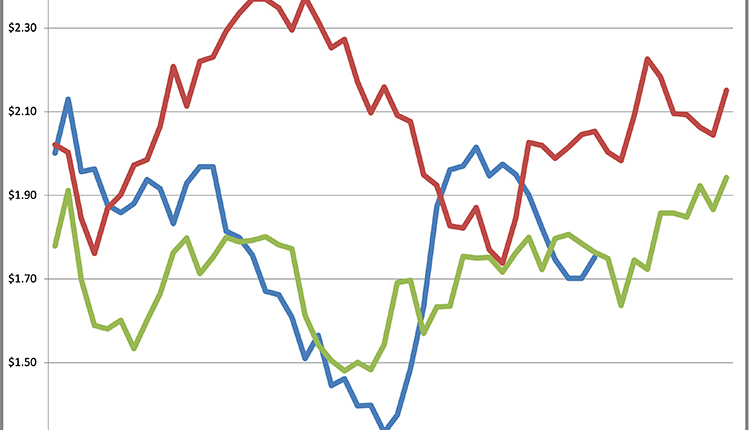
The start of 2025 marks a milestone for the U.S. dairy industry: the complete elimination of tariffs on dairy products under the Central America-Dominican Republic Free Trade Agreement (CAFTA-DR).
This achievement reflects the long-term vision of American dairy farmer leaders and the direct role the National Milk Producers Federation (NMPF) and the U.S. Dairy Export Council (USDEC) played in negotiating the trade deal’s terms with Central American counterparts. The tariff phaseout provides greater opportunities for U.S. dairy farmers and exporters and highlights how important it is to pursue new trade agreements to remain competitive globally.
CAFTA-DR, implemented in 2006, includes seven member countries: Costa Rica, El Salvador, Guatemala, Honduras, Nicaragua, the Dominican Republic, and the United States. U.S. dairy exports to the region were a meager $40 million prior to the trade deal’s implementation. By 2023, that figure had grown 11-fold to more than $441 million, driven by gradual tariff reductions and greater market access phased in over nearly two decades. Of that total, $238 million came from cheese exports, $120 million were milk powders, and $35 million were whey products.
This steady growth shows how trade agreements require time to yield results. The benefits of lower tariffs and improved access to international markets do not happen overnight; instead, they build incrementally as trade relationships deepen and consumer demand grows. In the case of CAFTA-DR, years of investment and partnership have culminated in today’s zero tariff, beneficial trade environment, opening additional doors for American dairy products to complement local production in these growing markets.
More work to do
Even within the CAFTA-DR region, certain challenges remain. Nontariff barriers, such as politically motivated facility registration requirements and unnecessary red tape, can undermine the agreement’s full benefits. These types of restrictions often introduce delays and raise costs for U.S. exporters. NMPF, in collaboration with USDEC, works every day to address these issues to ensure the full potential of CAFTA-DR is realized.
NMPF and USDEC have also partnered with like-minded dairy and livestock organizations in the CAFTA-DR countries to promote dairy consumption and strengthen the agreement’s impact. These efforts not only benefit Central American producers but also expand the market for high-quality American dairy products.
The complete tariff phaseout also highlights a challenge for U.S. dairy exporters. International trade competitors like the European Union and New Zealand have been actively negotiating new trade agreements to expand their market access. Without secure new agreements that tackle tariffs, the United States risks falling behind in the global marketplace. The absence of new market opportunities clearly disadvantages U.S. dairy exporters as competitors capitalize on preferential trading terms with key markets.
CAFTA-DR’s success demonstrates the critical role of long-term planning and perseverance in trade policy. Now that the agreement is fully implemented, the U.S. dairy industry must also look to the future, ensuring that new trade deals are forged with other key markets so that American dairy farmers can continue to thrive in a competitive global market.
To comment, email your remarks to intel@hoards.com.








